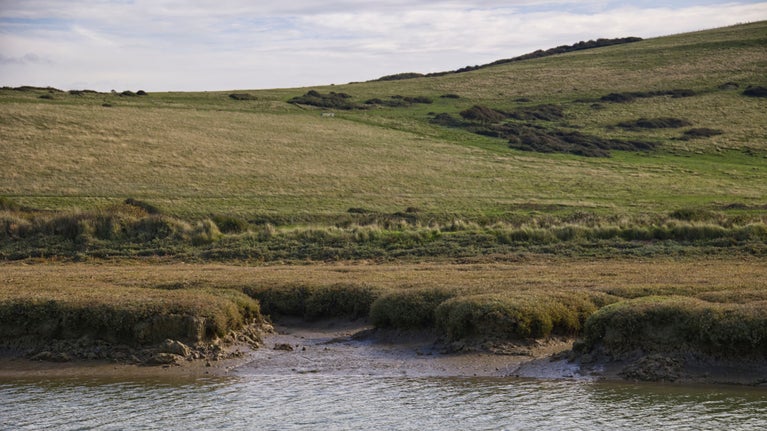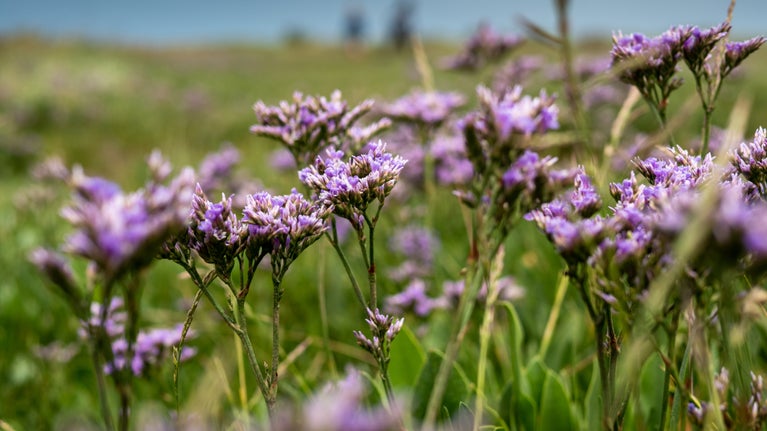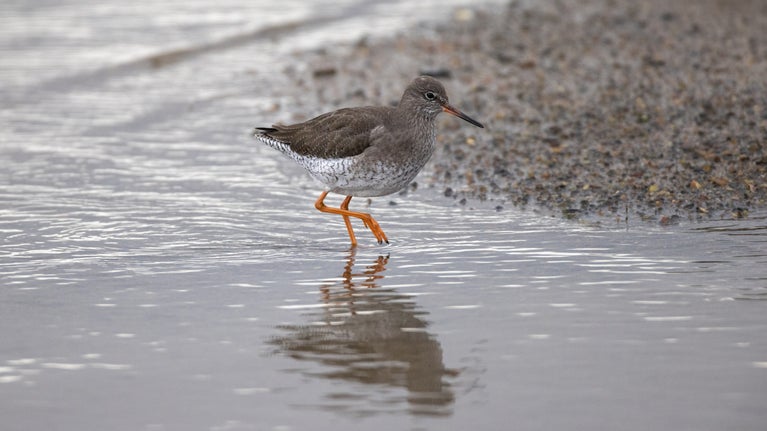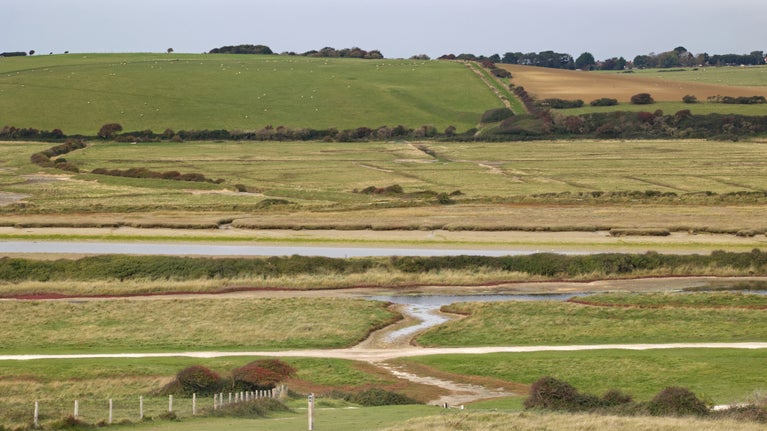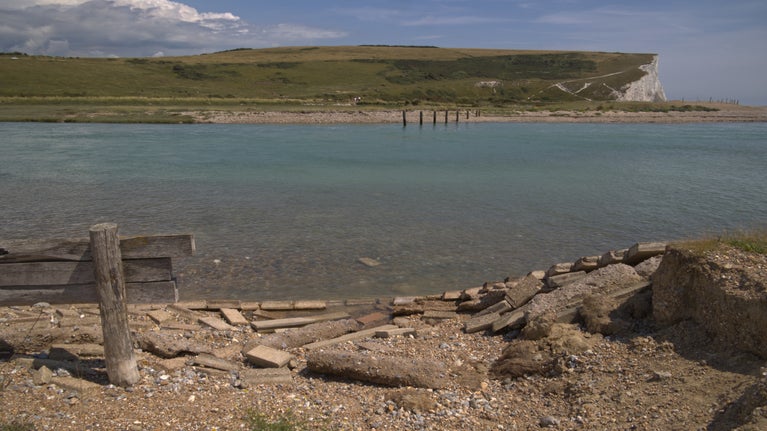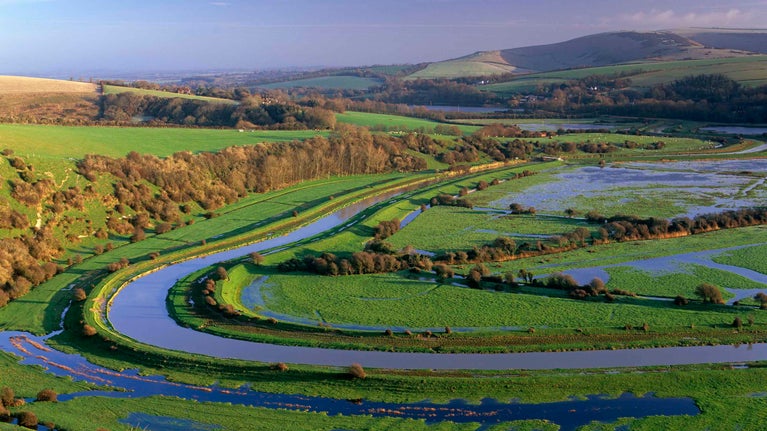2022 - 2025
2022 - 2025
After years of discussions with local stakeholders, observing changes to the landscape, and preparing initial concept reports, the project entered the design and planning stage for intertidal restoration in 2022. As part of this stage, modelling and detailed surveys and environmental assessments to refine the project design were carried out. The National Trust engaged with the South Downs National Park Authority, statutory bodies, stakeholders and the local community. Their feedback has influenced the project design now being promoted by the Trust.
